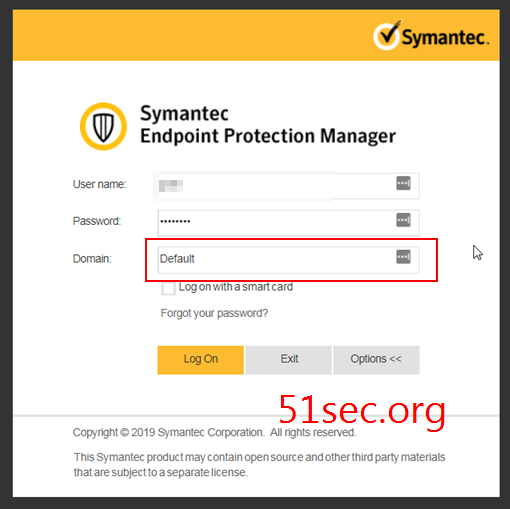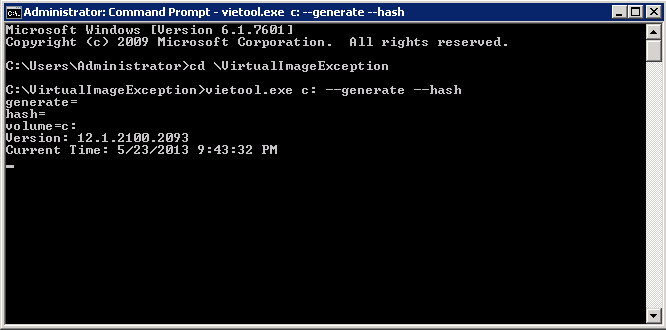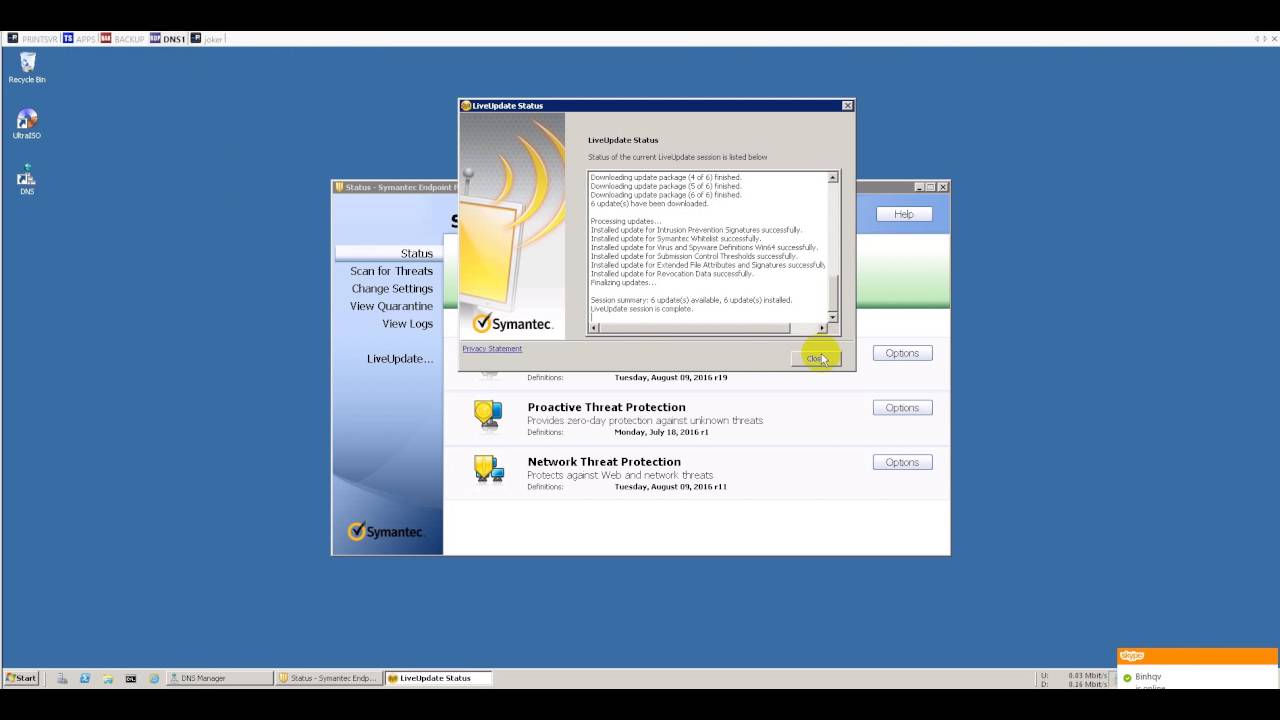

- #Disable symantec endpoint protection command line software
- #Disable symantec endpoint protection command line password
- #Disable symantec endpoint protection command line windows

The registry key should have a value of zero if it does not, it must be changed. This can be completed by querying the registry key HKLM\Software\Symantec\Symantec Endpoint Protection\AV\Exclusions\ClientRiskExceptions.
#Disable symantec endpoint protection command line software
#Disable symantec endpoint protection command line password
This may be done through social engineering, password guessing, or the exploitation of vulnerable software. Prerequisites of Bypassing SEPīefore an attacker can change the scanning exceptions, he or she must first gain access to a workstation without being detected by anti-virus software or an employee sitting at the workstation. If an attacker is able to inject a rule into the scanning exceptions, he or she may be able to plant viruses on the system that will go undetected. Trusted items will not be scanned by SEP for viruses, making them a prime target for attackers.

Scanning exceptions are a set of rules that specify trusted files, folders, or processes. Anti-virus solutions come with various security mechanisms, but what happens when attackers find a method to manipulate these security mechanisms for their own gain? This post details the steps an attacker can use to manipulate the scanning exceptions in Symantec Endpoint Protection (SEP) and discusses methods to prevent such an attack. However, no anti-virus software is 100 percent effective. When employees fail to discover malicious activity on their workstations, anti-virus software is the next line of defense. Invoke-Command -Session $session -ScriptBlock īy adding in a semicolon we can of course add a second line to our ScriptBlock and make the process a little more automated.Anti-virus software plays an important role in cybersecurity.
#Disable symantec endpoint protection command line windows
The challenge i had was that on several clients it seemed Symantec had a different IdentifyingNumber (IN), which is the GUID used by Windows to identify the product.Īs there were only 7 client machines i did a lot more of this manually than perhaps i needed to.įirstly i found the right IdentifyingNumbe r from each PC. I already had the machines on the network configured for PowerShell Remoting, so connecting to them was not a challenge. There are various ways of course to execute a command on a remote machine, you can use PSTools’, PSExec for example, but i prefer to use PowerShell where i can. I did a lot of searching around for a reliable solution, most of which came back to using MSIEXEC from a command line. It was a small SEPM deployment, only 7 clients and a server but i was surprised to be reminded that SEPM has no ‘uninstall’ tool from their console.

Finally moving my last client from Symantec SEPM to Trend Micros WFBS Hosted platform.


 0 kommentar(er)
0 kommentar(er)
